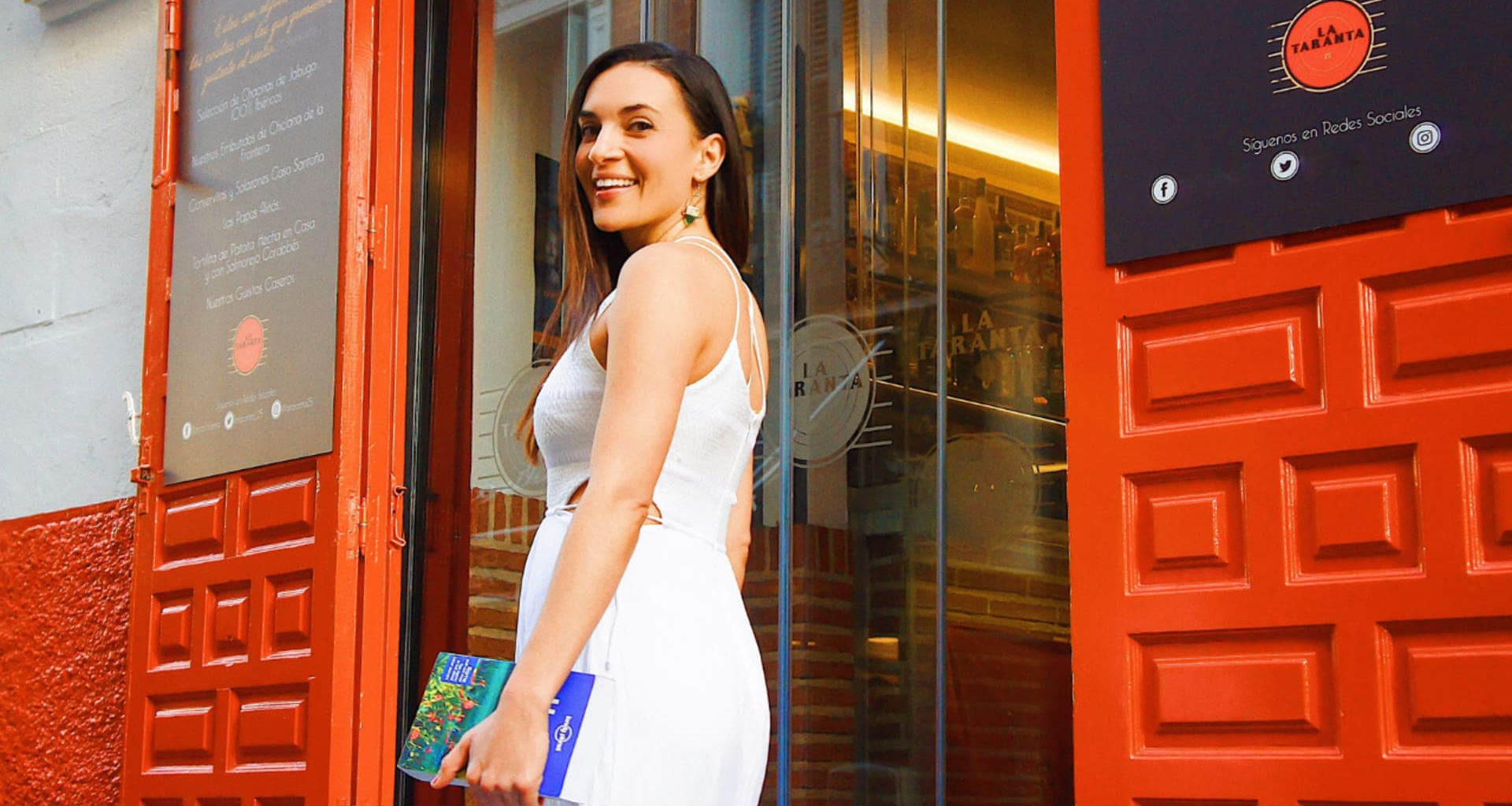A decade ago, I boarded a one-way flight from Houston to Madrid with a suitcase and a rough plan to teach English for a year. I was 35, and I knew I needed a change.
As the daughter of Colombian and Iranian immigrants growing up in Texas, I never quite felt like I belonged anywhere. That changed when I moved to Spain in 2015. I’ve built a life here centered around community, freedom, and balance.
Along the way, I figured out the logistics, visas, and mindset shifts it takes to start over abroad. Now, through my platform She Hit Refresh, I help other women over 30 figure out their own moves.
I still visit the U.S. often, and there’s plenty I love about coming back, including family, friends, and my annual TJ Maxx run. But after 10 years in Europe, there are quite a few things I don’t miss about life in America.
When I first moved to Spain, I couldn’t believe how normal it was for people to actually use their vacation days. Here, full-time employees are legally entitled to 22 working days of paid leave, plus 14 national holidays. And no one feels guilty about taking them! Offices slow down in August, families head to the beach, and it’s completely accepted that you’ll be out for a few weeks to rest and reset.
Back in the U.S., I used to hoard my 10 precious PTO days like gold. Asking for time off felt like letting my coworkers down. I’d sometimes end up leaving days unused or checking emails during vacation.
The lack of freedom wore me down. I became a chronic job hopper in my 20s, quitting every nine months or so just to travel for the summer. It wasn’t sustainable, but it was the only way I could see the world.
When I lived in Texas, I couldn’t survive without my car. Grocery store? Drive. Gym? Drive. Life revolved around traffic, parking, and gas prices. I didn’t realize how exhausting it all was until I left.
Madrid, where I first lived, and Málaga, where I am now, are incredibly walkable. Most of what I need is within a 20-minute stroll, including markets, cafes, and my coworking space.
When I can’t walk, I take the bus or metro, which are clean, reliable, and inexpensive. For longer trips, the high-speed trains make it so easy to explore the rest of the country, even if you’re on a budget.
Cepee Tabibian in Budapest.
Courtesy of Cepee Tabibian
Walking everywhere has done wonders for my stress levels. Instead of sitting in traffic, I get to start and end my day with fresh air and sunshine. I feel more connected to my neighborhood — I know the baker, the grocer, and even the street cats. Plus, I hit my step count without even trying.
The U.S. healthcare system used to be one of my biggest stressors. Every doctor’s visit felt like spinning a roulette wheel; you never knew what surprise bill you’d get. Finding a primary care doctor meant endless calls, and I constantly worried about what would or wouldn’t be covered.
In Spain, it’s the complete opposite. Healthcare is affordable, accessible, and straightforward. I book appointments through an app, wait times are short, and I pay about $76 a month for private coverage as a healthy 45-year-old.
4. A sense of danger in public places
As a woman, I feel safer walking home at night in Spain. Spanish cities are denser, well-lit, and full of life late into the evening with families strolling, people dining outdoors, and kids playing in the plazas.
In the U.S., I was always on alert. Whether it was walking through a parking lot after dark or attending a crowded event, there was a constant, low-level anxiety around harassment and gun violence.
Spain’s strict gun laws help. Automatic weapons are prohibited and firearm ownership is tightly controlled. The Global Peace Index ranks Spain among the 25 most peaceful countries in the world, while the U.S. doesn’t even crack the top 100.
Every time I visit the U.S., I’m shocked at how out of control tipping has become. Even if you’re grabbing a cookie at a bakery or using self-checkout, the screen flips around with options sometimes starting at 20%!
Cepee Tabibian in Cádiz, Spain.
Courtesy of Cepee Tabibian
In Spain, where service staff earn fairer wages, rounding up or leaving a few coins at restaurants is a small token of appreciation, not an expectation. And you’ll never be asked for a tip for your morning pastry.
6. Extreme patriotism and polarization
One thing I see more clearly since leaving the U.S. is how surrounded Americans are by intense political division. Don’t get me wrong, Spain has its own complexities — different regions with their own identities, languages, and politics — but the overall energy feels less combative.
There’s less of that “best country in the world” mentality that often comes from people who’ve never actually seen the world. The U.S. does many things well, but so do plenty of other countries, Spain included.
7. Pressure to follow a traditional timeline
As a woman in the U.S., I felt the societal expectation that by 35, I was supposed to be married with kids. I wasn’t, and that made me feel like I was behind.
In Spain, where the average age to get married is 38.8 (compared to 30.8 in the U.S.), it’s completely normal to be single and childfree in your 30s and 40s. It’s great to go out and see plenty of people your age and older at social events, bars, and more. When I moved here in my mid 30s, I felt far less judgment for being unattached and not having children.
Of all the things I don’t miss, this might be the most impactful one. Letting go of that pressure to follow a traditional timeline gave me the freedom to build a life I love.
Cepee Tabibian is the founder of She Hit Refresh, a community and resource platform that helps women aged 30+ move abroad. She’s the author of “I’m Outta Here! An American’s Ultimate Visa Guide to Living in Europe″ and host of the She Hit Refresh podcast. As the daughter of Colombian and Iranian immigrants, Cepee grew up in Houston, Texas, before becoming an immigrant herself in Spain. For tips and real talk on how to move abroad, follow her @shehitrefresh
Want to earn more and grow your money? Save 30% with this earnings-boosting bundle of our top courses.
Plus, sign up for CNBC Make It’s newsletter to get tips and tricks for success at work, with money and in life, and request to join our exclusive community on LinkedIn to connect with experts and peers.


